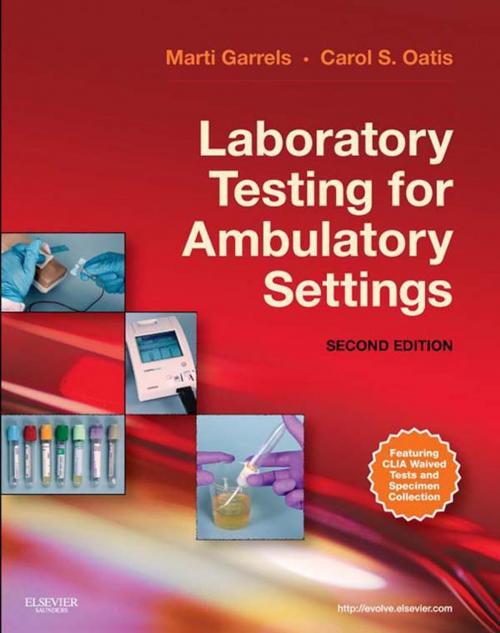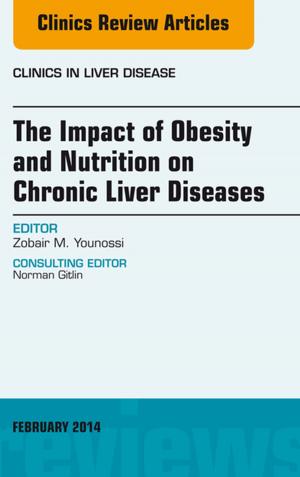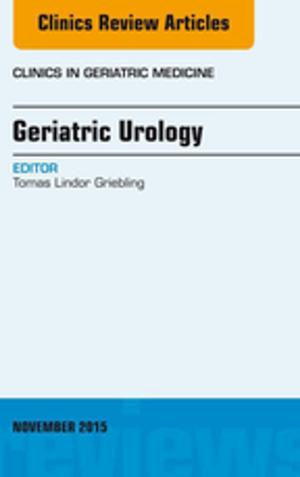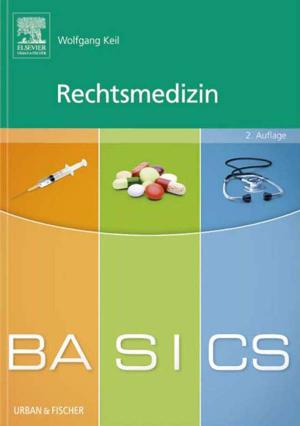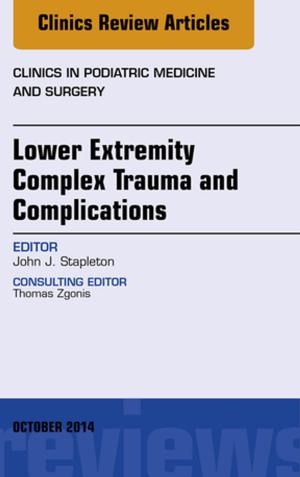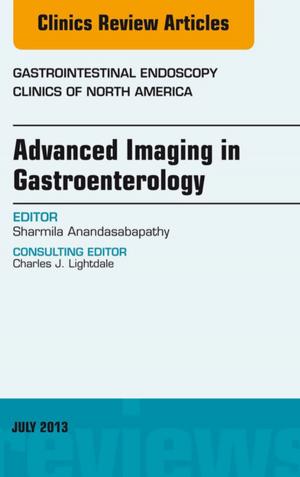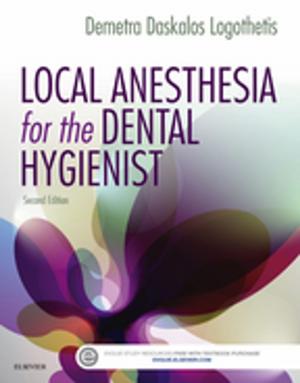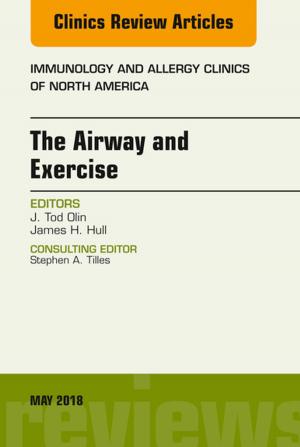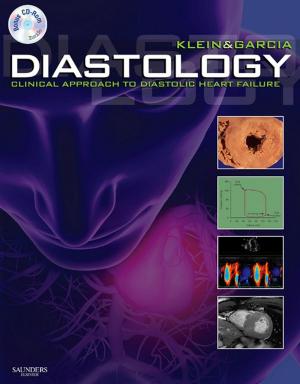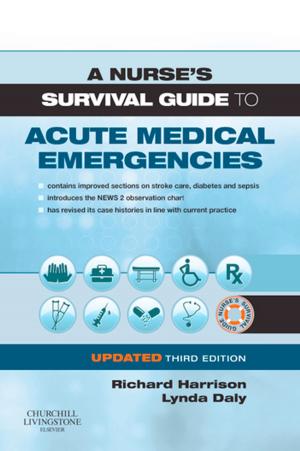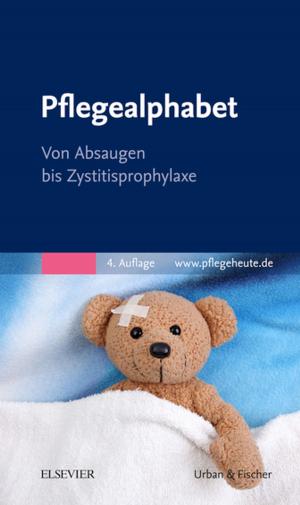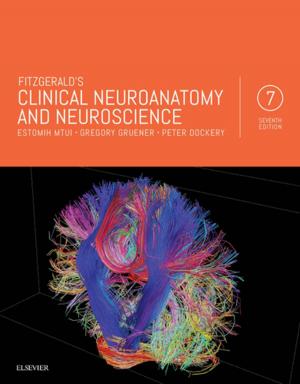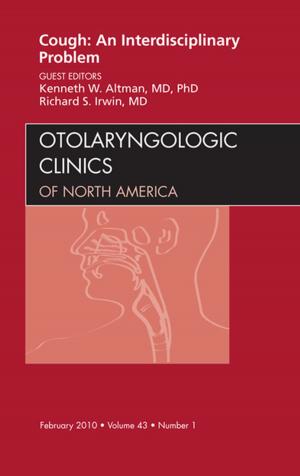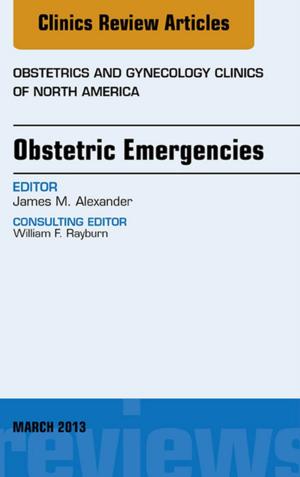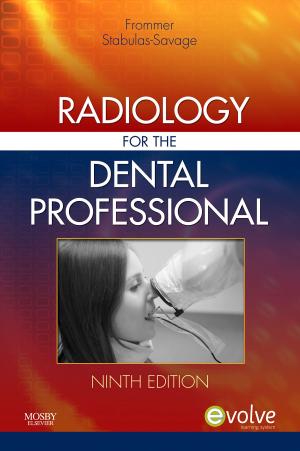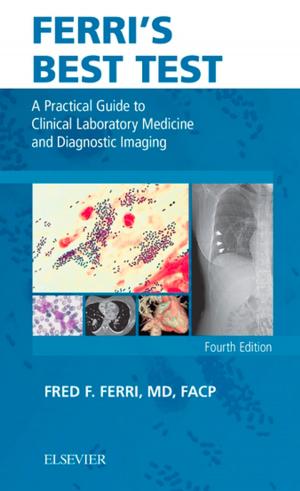Laboratory Testing for Ambulatory Settings - E-Book
A Guide for Health Care Professionals
Nonfiction, Health & Well Being, Medical, Allied Health Services, Medical Assistants, Nursing| Author: | Martha (Marti) Garrels, MSA, MT(ASCP), CMA (AAMA) | ISBN: | 9780323292375 |
| Publisher: | Elsevier Health Sciences | Publication: | June 16, 2014 |
| Imprint: | Saunders | Language: | English |
| Author: | Martha (Marti) Garrels, MSA, MT(ASCP), CMA (AAMA) |
| ISBN: | 9780323292375 |
| Publisher: | Elsevier Health Sciences |
| Publication: | June 16, 2014 |
| Imprint: | Saunders |
| Language: | English |
Learn the lab testing skills you need to know! Laboratory Testing for Ambulatory Settings: A Guide for Health Care Professionals, 2nd Edition provides in-depth coverage of the most common procedures and techniques of all the new CLIA waived, point-of-care tests along with some moderately complex tests. Clear, step-by-step instructions and full-color photographs make it easy to master each test and procedure. Written by noted educators Marti Garrels and Carol S. Oatis, this edition adds a new chapter on toxicology and information on five new procedures. A companion Evolve website lets you practice clinical laboratory skills.
-
Complete coverage includes the most common CLIA waived tests for any healthcare professional in the ambulatory setting.
-
A "triad" organization gives chapters a consistent, easy-to-follow format:
-
Fundamental Concepts: basic information related to tests and procedures.
CLIA Waived Procedures: step-by-step instructions for CLIA waived tests.
Advanced Concepts: further application of basic knowledge and skills towards a higher level of critical thinking and decision making, such as handling non-CLIA waived tests.
-
Procedure boxes provide clear step-by-step instructions along with numerous full-color photos and illustrations.
-
Key terms are defined and reinforced within each chapter.
-
Common abbreviations associated with CLIA waived testing are cited at the beginning of chapters.
-
7-10 review questions conclude each chapter, to reinforce learning.
-
A companion Evolve website includes various activities and exercises to enhance learning with problem-solving scenarios.
-
A workbook matches the chapters in the textbook, offering activities and exercises to reinforce laboratory concepts, terminology, and procedures. Skills sheets help you work through the competency-based procedures, and meet government standards for good laboratory practice. Sold separately.
-
Over 60 new photographs and drawings clarify topics and show examples of laboratory specimens so you will be able to identify them on the job.
-
New chapter on toxicology.
-
More extensive coverage of working with the microscope prepares you for the lab.
-
Updated, expanded information about quality control and quality assurance provides relevant information so you can accurately and effectively perform in the lab.
-
Updates on proper collection and processing of urine specimens, microbiology specimens, blood capillary and venipuncture specimens, which includes new urine culture using vacutainer system, new drawings for urine and influenza specimen collections, and the latest order of blood draw including the plasma separator tube, ensure that you have the most current information.
-
Five new procedures with corresponding skill check-off sheets help you understand the most up-to-date protocols:
-
Clinitek Analyzer
Standard Hematocrit
INRatio
New A1c+ Ki+
iFOB method for fecal occult blood
Learn the lab testing skills you need to know! Laboratory Testing for Ambulatory Settings: A Guide for Health Care Professionals, 2nd Edition provides in-depth coverage of the most common procedures and techniques of all the new CLIA waived, point-of-care tests along with some moderately complex tests. Clear, step-by-step instructions and full-color photographs make it easy to master each test and procedure. Written by noted educators Marti Garrels and Carol S. Oatis, this edition adds a new chapter on toxicology and information on five new procedures. A companion Evolve website lets you practice clinical laboratory skills.
-
Complete coverage includes the most common CLIA waived tests for any healthcare professional in the ambulatory setting.
-
A "triad" organization gives chapters a consistent, easy-to-follow format:
-
Fundamental Concepts: basic information related to tests and procedures.
CLIA Waived Procedures: step-by-step instructions for CLIA waived tests.
Advanced Concepts: further application of basic knowledge and skills towards a higher level of critical thinking and decision making, such as handling non-CLIA waived tests.
-
Procedure boxes provide clear step-by-step instructions along with numerous full-color photos and illustrations.
-
Key terms are defined and reinforced within each chapter.
-
Common abbreviations associated with CLIA waived testing are cited at the beginning of chapters.
-
7-10 review questions conclude each chapter, to reinforce learning.
-
A companion Evolve website includes various activities and exercises to enhance learning with problem-solving scenarios.
-
A workbook matches the chapters in the textbook, offering activities and exercises to reinforce laboratory concepts, terminology, and procedures. Skills sheets help you work through the competency-based procedures, and meet government standards for good laboratory practice. Sold separately.
-
Over 60 new photographs and drawings clarify topics and show examples of laboratory specimens so you will be able to identify them on the job.
-
New chapter on toxicology.
-
More extensive coverage of working with the microscope prepares you for the lab.
-
Updated, expanded information about quality control and quality assurance provides relevant information so you can accurately and effectively perform in the lab.
-
Updates on proper collection and processing of urine specimens, microbiology specimens, blood capillary and venipuncture specimens, which includes new urine culture using vacutainer system, new drawings for urine and influenza specimen collections, and the latest order of blood draw including the plasma separator tube, ensure that you have the most current information.
-
Five new procedures with corresponding skill check-off sheets help you understand the most up-to-date protocols:
-
Clinitek Analyzer
Standard Hematocrit
INRatio
New A1c+ Ki+
iFOB method for fecal occult blood
